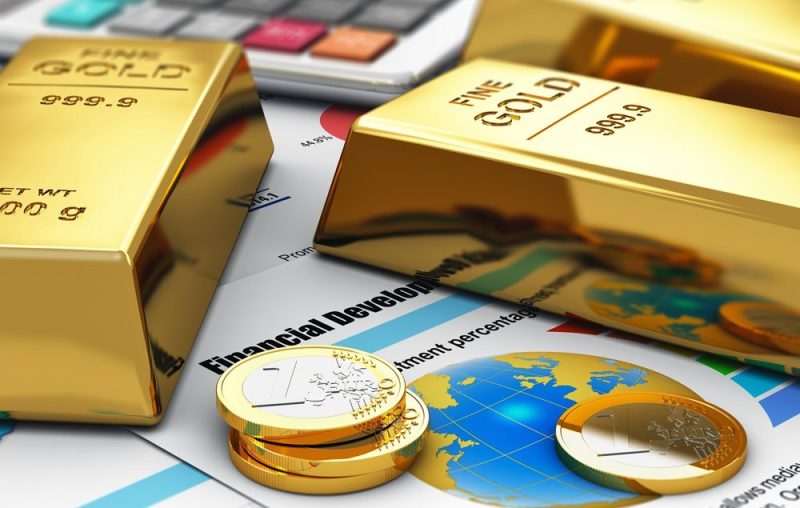In a groundbreaking moment for the financial world, gold has officially become the first asset in human history to surpass a $30 trillion market capitalization. This milestone, fueled by surging prices, central bank accumulation, and growing economic uncertainty, reaffirms gold’s position as the cornerstone of global financial stability.
Central Banks and Investors Drive the Surge
Over the past few months, gold’s rally has accelerated as investors sought safety amid persistent inflation, geopolitical tensions, and declining trust in fiat currencies. Central banks, in particular, have been key players in this rally, ramping up their gold reserves to hedge against volatile currencies and sovereign debt risks. Recent estimates show that the combined value of official gold holdings has jumped by several trillion dollars compared to just a few years ago.
Private investors have followed suit. Demand from retail buyers, gold-backed ETFs, and high-net-worth individuals has surged, propelling prices higher. With limited new supply from mining and strong global demand, this imbalance has created upward momentum that magnifies gold’s total market value.
Gold vs. Cryptocurrencies: A Tale of Scale
For perspective, even the entire cryptocurrency market—once hyped as “digital gold”—remains much smaller. Despite significant adoption and innovation in the crypto sector, its total market capitalization still lingers in the low trillions, far behind gold’s record-breaking valuation.
However, analysts caution that the $30 trillion figure is an estimate based on variables like recoverable reserves, scrap gold, and how much of the world’s gold stock is actually monetized or held as reserves. The sustainability of this valuation depends on whether demand can stay strong while supply grows slowly.
Implications for Global Finance
Gold’s $30 trillion milestone carries deeper implications. It reflects a global shift toward tangible assets that don’t rely on counterparty trust—especially in uncertain times. As a result, sovereign wealth funds, pension funds, and central banks may further increase their allocations to gold, treating it not merely as a hedge but as a foundational reserve asset.
The key question now is whether gold can maintain its upward momentum. Factors like shifting risk appetites, rising real interest rates, and the growth of tokenized real-world assets could challenge its dominance. Still, this moment underscores gold’s enduring role—not just as a store of value but as a benchmark of monetary confidence worldwide.
